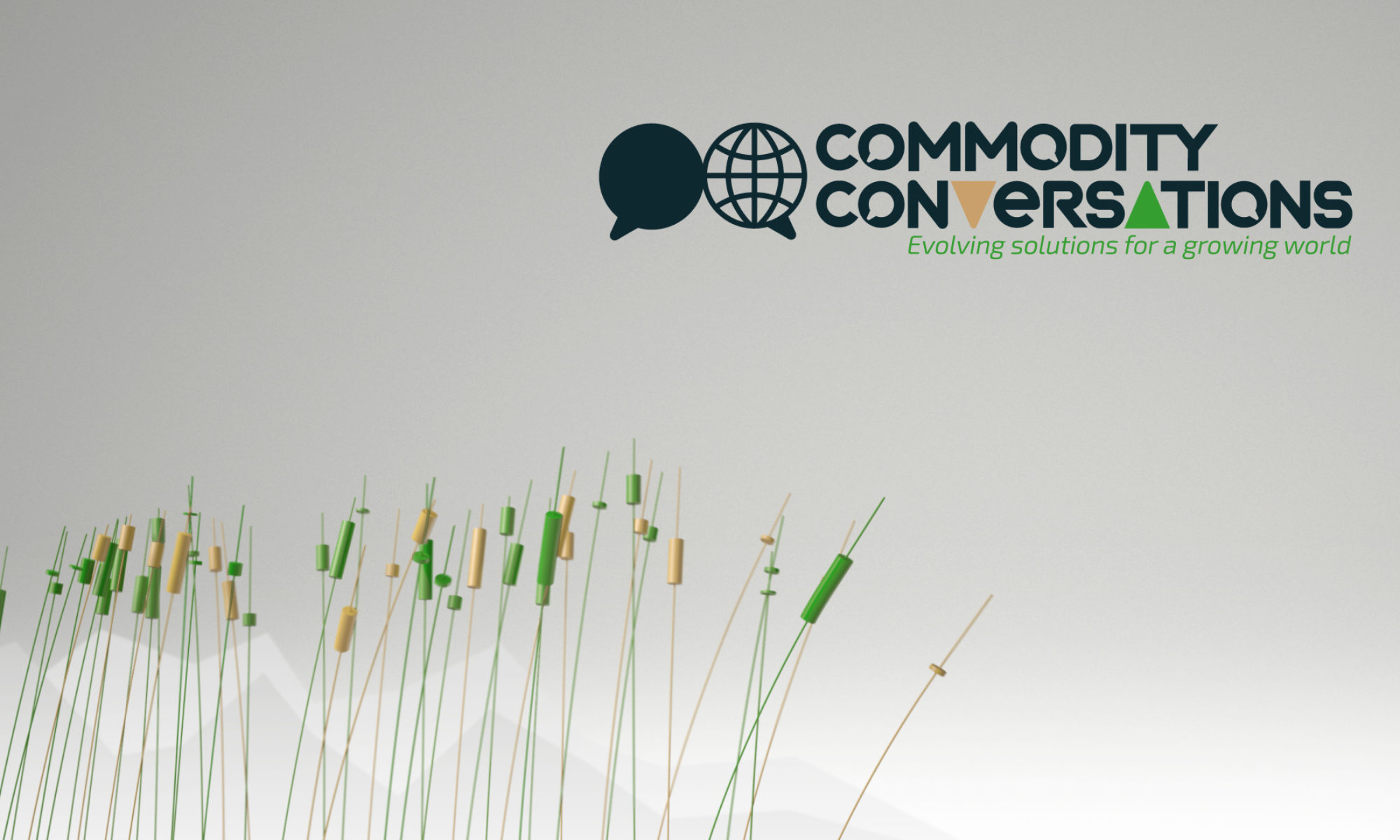
Grown commercially since 1997, GM (genetically modified) corn now accounts for about one third of the corn grown in the world, most of which has been genetically modified to tolerate glyphosate, sold as Roundup, a relatively inexpensive herbicide that kills all plants except those with genetic tolerance.
Monsanto released glyphosate resistant soybeans under the name Roundup Ready Soybeans in 1996 and within ten years 80 percent of all soybeans grown in the US were Roundup Ready. Roundup Ready corn received FDA approval in 1997 and it was commercially released in 1998. It used much the same technology as in soybeans, but also had built-in insect protection in the form of a Bt protein, a naturally occurring bacterium that lives in the soil and is toxic to insects.
Scientists also modified corn genes to make the crop more drought tolerance. Drought tolerant GM corn was approved by the USDA in 2011, and commercialized in 2013.
As Christine Du Bois writes in her book, “The Story of Soy,” some 80 percent of all soybeans in the world are genetically modified to be resistant to Roundup. In the Americas, that figure rises to 95-100 percent. In terms of acreage, GM soy accounts for around half of all GM crops in the world.
GM soy largely came about as a result of the introduction of Roundup in the 1970s, with Monsanto trying to find a gene that was resistant to the herbicide. They eventually one in bacteria in a Roundup factory’s waste pond, and engineered it into soy plants. The introduction of Roundup Ready soybeans allowed farmers to increase yields by planting rows closer together. Without it, farmers had to plant rows far enough apart to allow weed control by mechanical tillage.
The Monsanto Company was no stranger to controversy; it once manufactured the insecticide DDT, as well as the defoliant Agent Orange that was widely used in the Vietnam War. Bayer, a German multinational pharmaceutical and life sciences company bought Monsanto in 2018 for $66 billion. Since then Bayer has been entangled in litigation over claims that Roundup causes cancer, something that the company obviously denies.
Over the past twenty years, GM technology has revolutionised farming and transformed the seed and agricultural input business. Previously, much of a farm’s cost of production was in purchasing chemicals: fertilizers, herbicides and pesticides; chemical companies made their money selling these inputs. Now the cost is in seed development . The result has been a merging of the chemical and seed businesses: over recent years, the large chemical companies have bought up the seed companies.
Although GM technology has revolutionised the industry, its effect on yields is sometimes questioned. By one estimate, about 50 percent of yield increases since the 1920s have been the result of breeding, including genetic modification, while the other half have come from improved farming practices: better farming techniques have been just as important as genetics. However, that is hardly surprising when you consider that the primary objective of genetically modifying crops has not been to increase yield potential. The increases in yield that have come with genetically modified corn have come in the form of yield protection and stability, not actual increases in yield potential.
In “Seeds of Science: Why We Got It So Wrong on GMOs”, Mark Lynas, an early anti-GMO activist, admits that the scientific evidence for the safety of GMOs is robust. He writes, “I cannot deny the scientific consensus on GMOs while insisting on the strict adherence to the one on climate change, and still call myself a scientific writer.”
Meanwhile, Amanda Little, in her book “The Fate of Food: What We’ll Eat in a Bigger, Hotter, Smarter World, quotes Tamar Haspel, a journalist for the Washington Post, as saying, “The argument against GMOs has never really been about the GMOs themselves. It is about a corporate-dominated, industrialised food system for which GMOs serve as a kind of proxy.”
She argues that the public may be more accepting of the new gene editing technology, CRISPR (pronounced CRISPER). Gene editing involves the deletion, insertion, or modification of the genome at a specific site in a DNA sequence. She writes,
“CRISPR may not win minds and hearts overnight, and we still have much to study and learn about it. But here’s hoping that transparency, community involvement, and applications in the public interest will bring gene editing sceptics to the table — disbelief at least temporarily suspended — to give it a chance.”
However, as The New Food Economy argues, these new techniques are already creating a debate about what “genetic modification” really entails. Most people use the term to refer to inserting foreign DNA from one organism into another. This process, known as transgenic mutation, cannot happen on its own in nature.
CRISPR doesn’t require the insertion of foreign genetic material. The technology allows scientists to precisely edit in, or edit out, targeted traits. In this sense, CRISPR is an acceleration of traditional methods of plant and animal breeding, and not an unnatural mutation that could not occur outside of a laboratory. The United States Department of Agriculture (USDA) seems to agree, and has decided not to regulate gene-edited crops in the same way as GMOs.
Of all the new developments and new technologies in agriculture, CRISPR seems to be the one with the most potential to increase yields, something that is essential if we are to stop deforestation and biodiversity loss. But to do that, it will first have to be accepted by consumers. Fingers crossed that it is!
© Commodity Conversations ®





